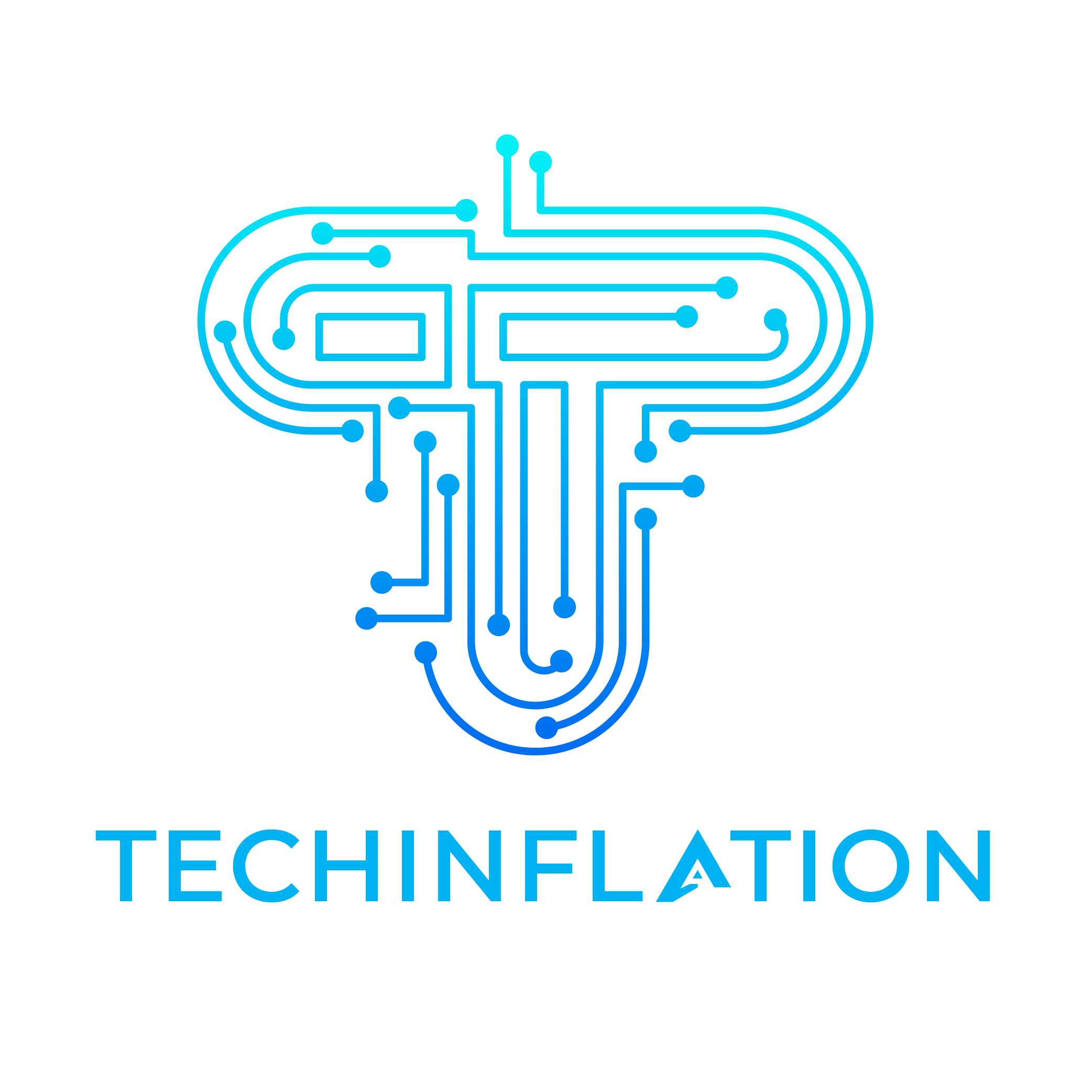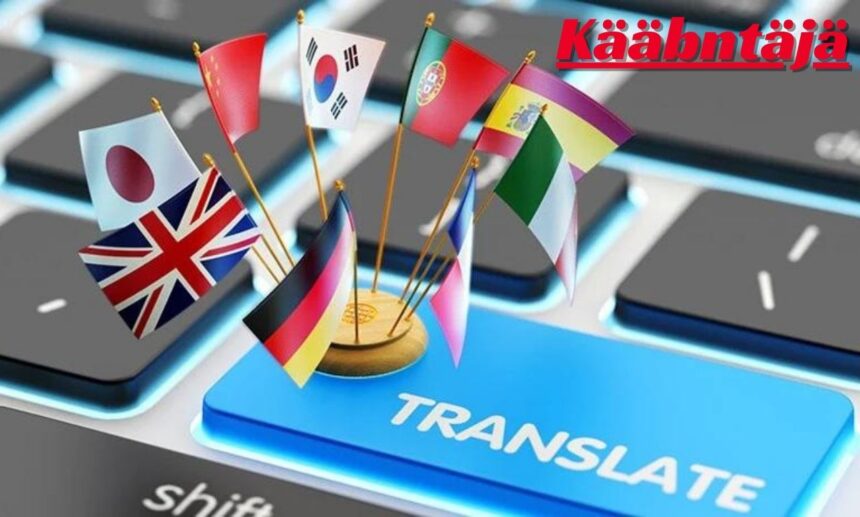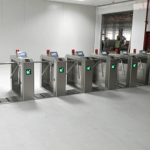In a world that’s becoming more interconnected, effective communication across languages has never been more crucial. As globalization increases, tools for breaking down language barriers are becoming indispensable.
One such tool is Kääbntäjä, an advanced machine translation system that is making it easier for people, businesses, and governments to communicate across linguistic divides. This article explores the importance, technology, challenges, and future of this innovative translation tool.
What is Kääbntäjä?
Kääbntäjä is a modern machine translation tool that uses sophisticated algorithms and artificial intelligence to convert text and speech between languages. It is designed to improve communication by providing real-time, accurate translations. Whether it’s for personal use, international business, or academic collaboration, this tool helps bridge the language gap, ensuring people from different linguistic backgrounds can interact with ease.
Why It Matters
The need for translation tools like Kääbntäjä has increased as people from around the world interact more frequently. Let’s explore why such tools are essential:
Global Communication: Today, businesses, governments, and individuals regularly interact with people from different parts of the world. Translation tools allow them to exchange ideas, documents, and information quickly and efficiently.
Cultural Exchange: Translation tools open the door for cultural exchange. By allowing works from various cultures to be translated, they help people understand diverse perspectives and broaden their knowledge.
Educational Access: Students and researchers are increasingly using translation tools to access academic resources in different languages. These tools facilitate global collaborations and allow individuals to tap into knowledge from other parts of the world.
How It Works
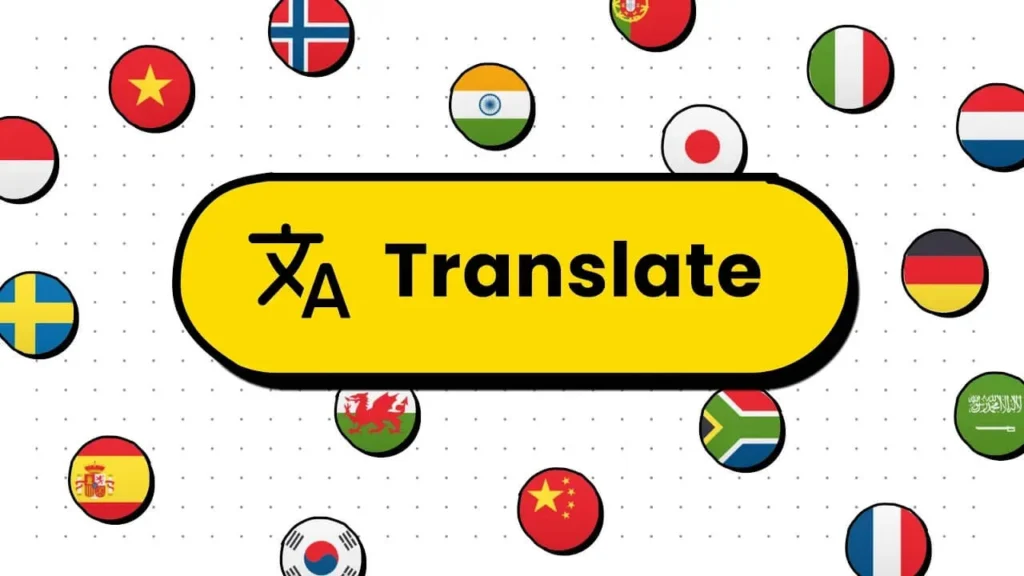
The technology behind modern translation tools is complex and includes multiple layers of processing. Here are the core components:
1. Neural Machine Translation (NMT)
NMT uses deep learning algorithms to improve translation accuracy. Unlike older methods that rely on direct word-for-word substitution, NMT considers entire sentences to produce more contextually appropriate translations.
2. Statistical Machine Translation (SMT)
Although NMT is the leading technology, SMT remains important. SMT relies on statistical models to predict the most likely translations based on data. It is especially useful for languages with less training data.
3. Continuous Learning
A major advantage of modern translation tools is their ability to improve over time. As more translations are processed, the system learns from the data and refines its algorithms, delivering more accurate results.
Key Applications
Kääbntäjä is widely used in many sectors, each benefiting from its translation capabilities:
1. International Business
In a globalized world, businesses must communicate effectively with partners, clients, and customers from different countries. Translation tools help companies translate documents, emails, contracts, and even live meetings, enabling smooth operations across linguistic barriers.
2. Healthcare
In healthcare, communication is critical. Medical professionals rely on translation systems to explain medical terms and instructions to patients who speak different languages. These tools ensure that patients receive accurate care instructions, leading to better health outcomes.
3. Tourism
Travelers often encounter language barriers when exploring new destinations. Translation tools help by offering real-time translations for signs, menus, and directions, enhancing the travel experience and promoting smooth interactions between tourists and locals.
4. Legal Sector
Legal documents, contracts, and agreements are often complex and require precise translations. Translation tools help legal professionals by converting documents accurately, ensuring that no misinterpretation of terms occurs in important legal matters.
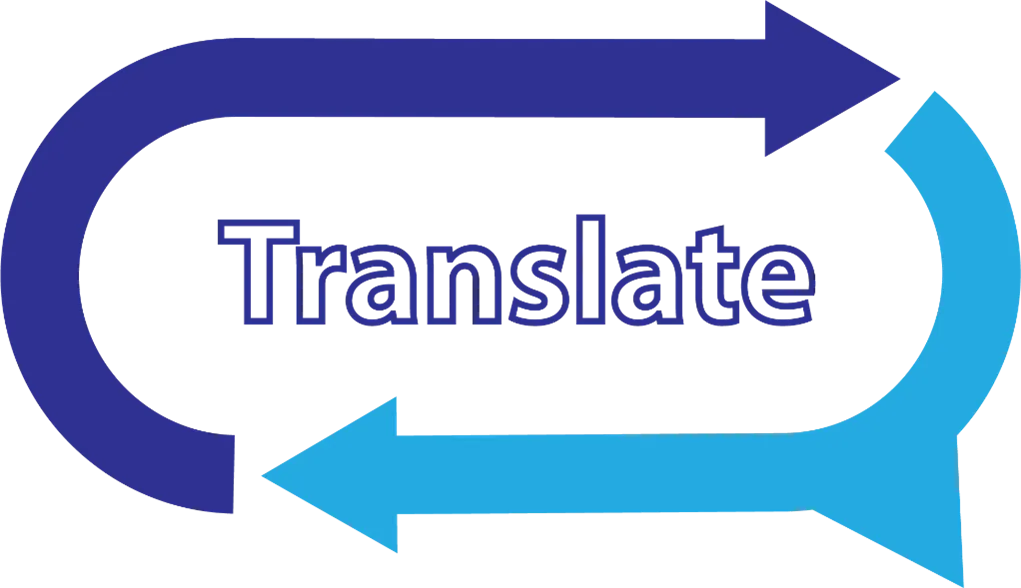
Key Applications of Kääbntäjä
| Sector | How It’s Used | Benefit |
|---|---|---|
| International Business | Translating contracts, documents, emails, and meetings | Streamlined global communication and smoother international deals. |
| Healthcare | Translating medical instructions and patient histories | Ensures patient safety and improves healthcare outcomes. |
| Tourism | Real-time translation of signs, menus, and directions | Enhances travel experience and helps avoid misunderstandings. |
| Legal Sector | Translating legal contracts and agreements | Ensures legal compliance and reduces the risk of costly mistakes. |
Overcoming Challenges in Translation
While powerful, translation tools are not without challenges. Some of the most common obstacles include:
1. Cultural Nuance
Every language is embedded with cultural nuances that don’t always translate well. Idiomatic expressions or culturally specific phrases can sometimes be lost in translation. Tools like Kääbntäjä are constantly improving to handle these challenges, but perfect translations of cultural nuances are still a work in progress.
2. Ambiguity and Context
Words that have multiple meanings can create confusion. For instance, the word “bank” can mean a financial institution or the side of a river. Without context, translations can become inaccurate. Advanced tools like Kääbntäjä use algorithms to help determine the correct meaning based on the surrounding text.
3. Limitations of Data
Although powerful, machine translation systems are only as good as the data they’re trained on. For languages with fewer digital resources, translation quality may not be as high. However, as machine learning continues to evolve, these gaps are expected to close.
The Technological Evolution of Translation
The field of machine translation is continuously evolving. Kääbntäjä and similar tools have greatly benefited from advancements in AI and deep learning. Today, the translation process is faster, more accurate, and more context-aware than ever before. Future improvements will likely reduce errors even further, making these tools more effective at handling complex sentences, idiomatic phrases, and cultural subtleties.
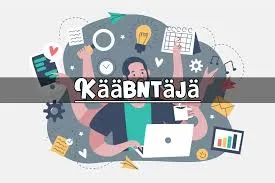
Statistical Impact
Here are some impressive statistics highlighting the importance of machine translation tools:
| Metric | Statistic |
|---|---|
| Languages Supported | Over 100 languages available for translation |
| Translation Quality Improvement | Up to 60% improvement with NMT technology |
| Translations Processed Daily | Millions of translations happen each day |
These numbers demonstrate just how integral tools like Kääbntäjä have become in today’s globalized world.
Conclusion
Translation tools are reshaping communication across the world, and Kääbntäjä is at the forefront of this transformation. By enabling people to communicate effortlessly across language barriers, these tools are fostering global connections in business, healthcare, education, and beyond.
As technology continues to advance, translation systems will become even more sophisticated, solving many of the challenges currently faced. The potential for seamless communication between people from different cultures is closer than ever before.
But the real question remains: will we ever reach a point where language barriers no longer exist at all?
